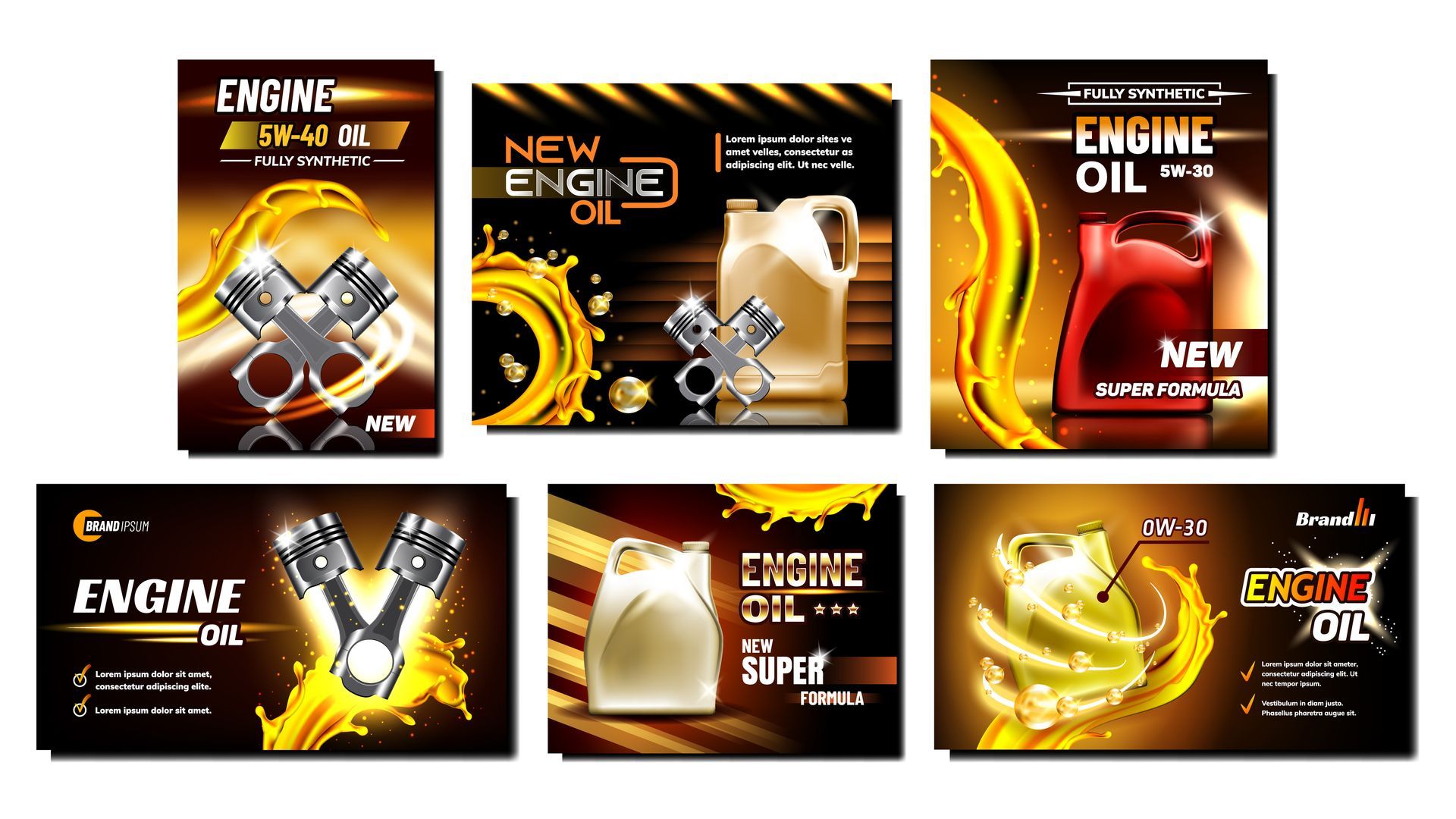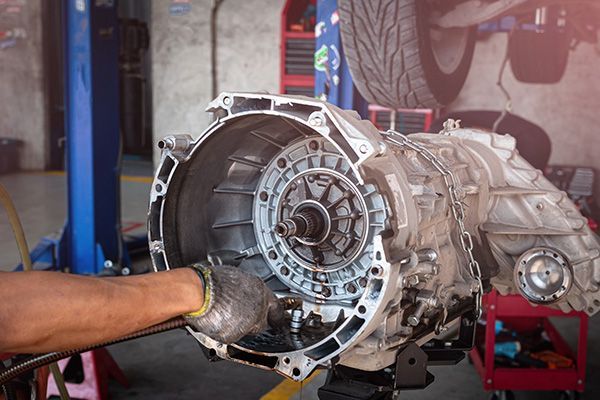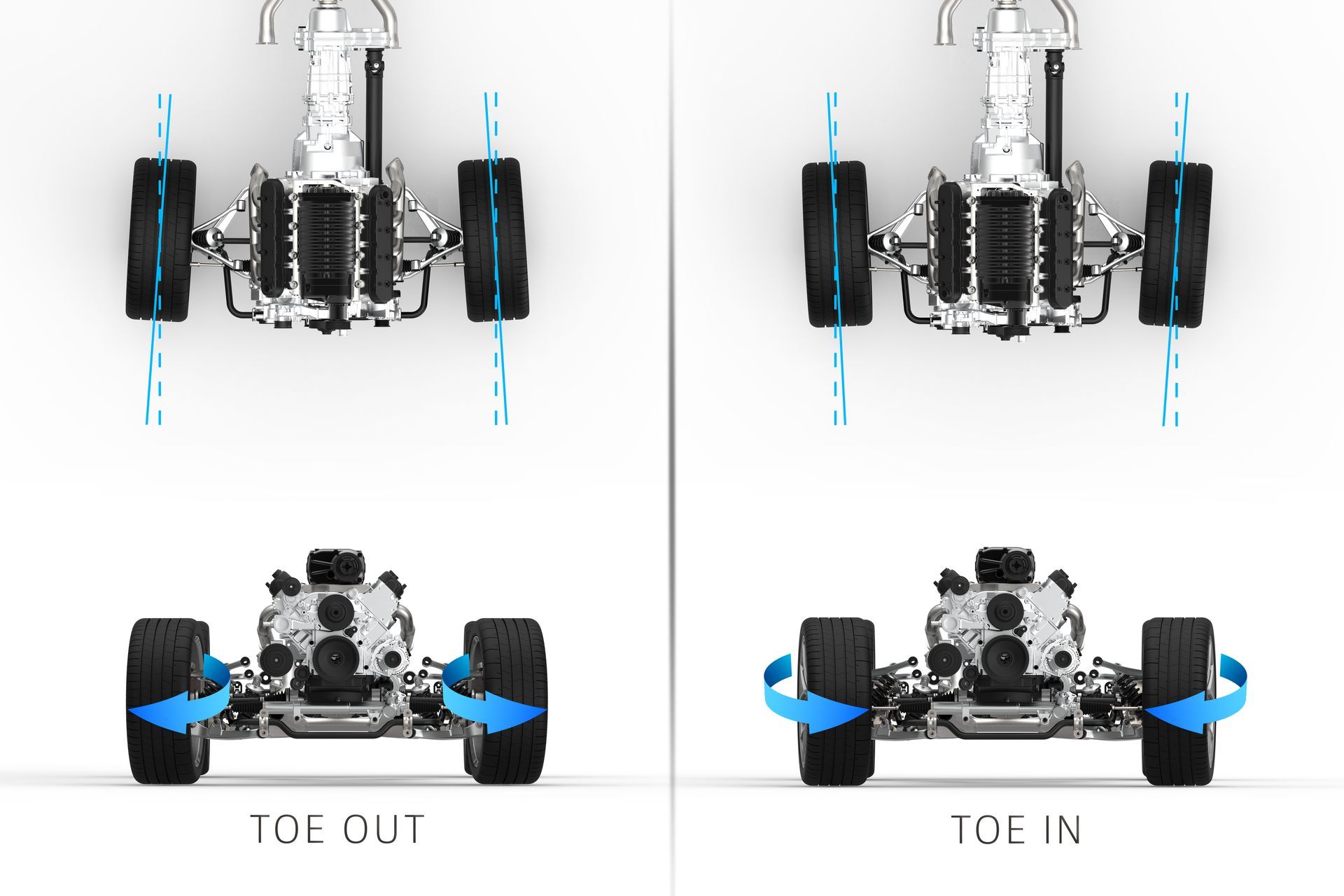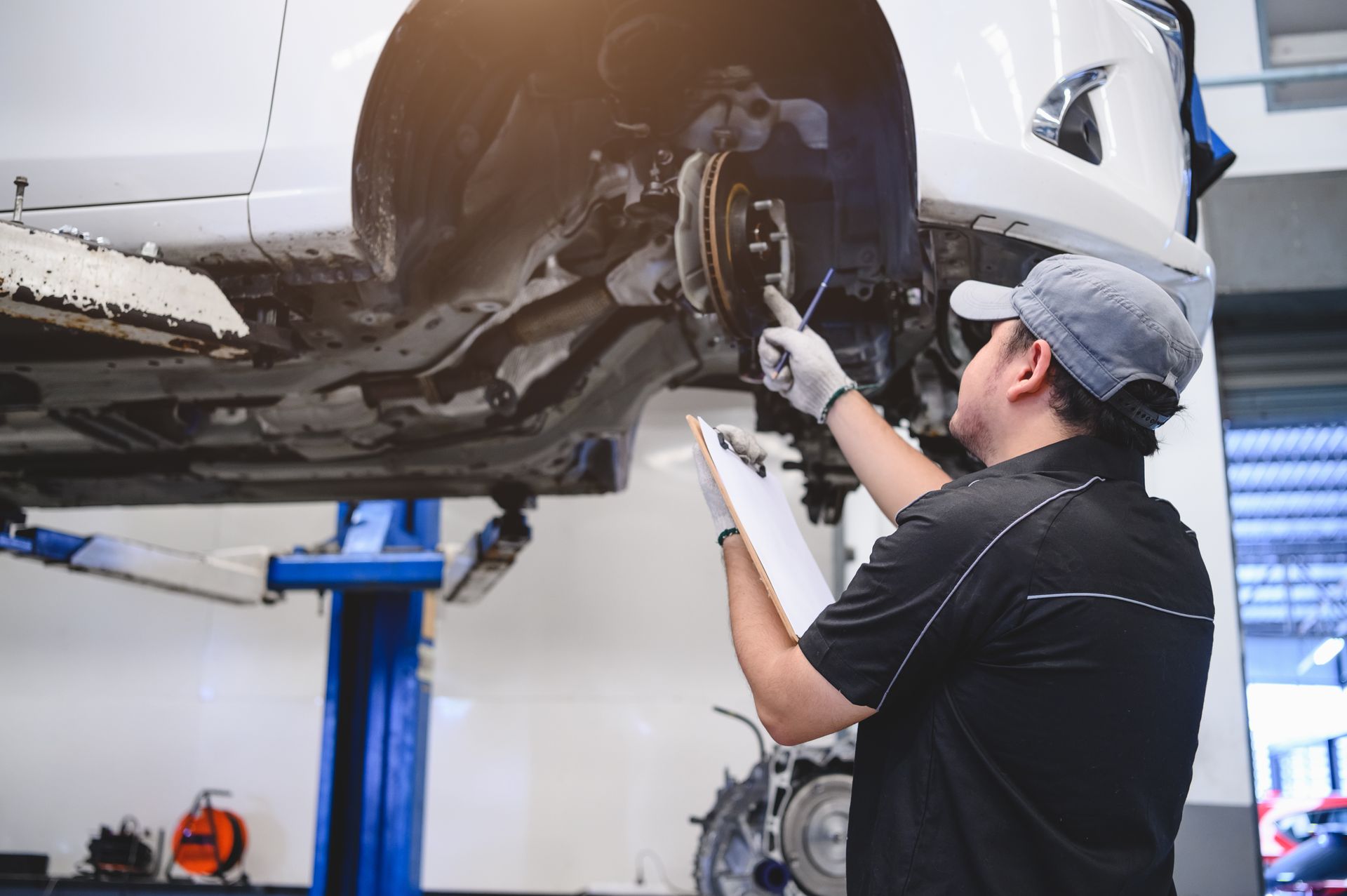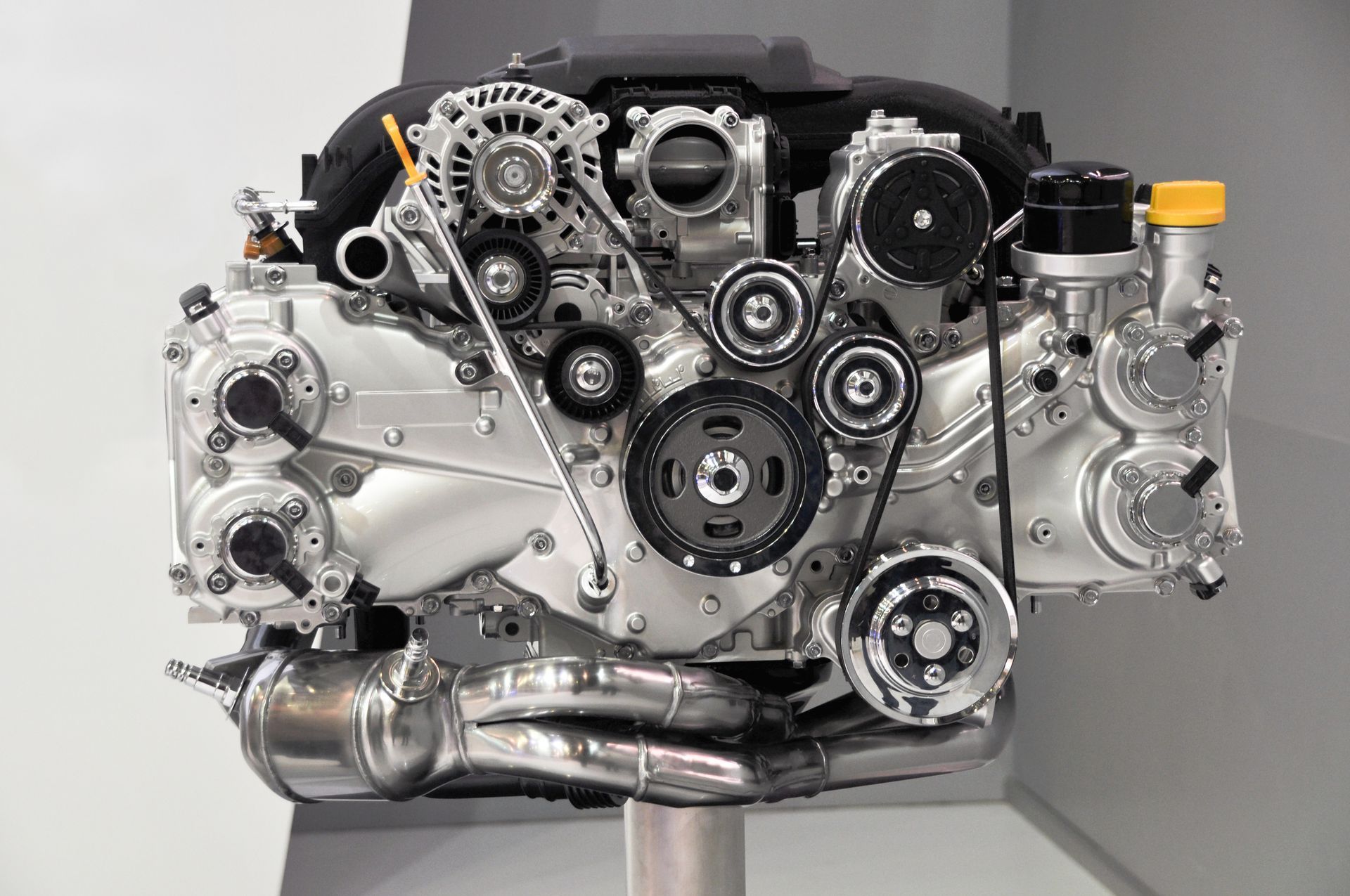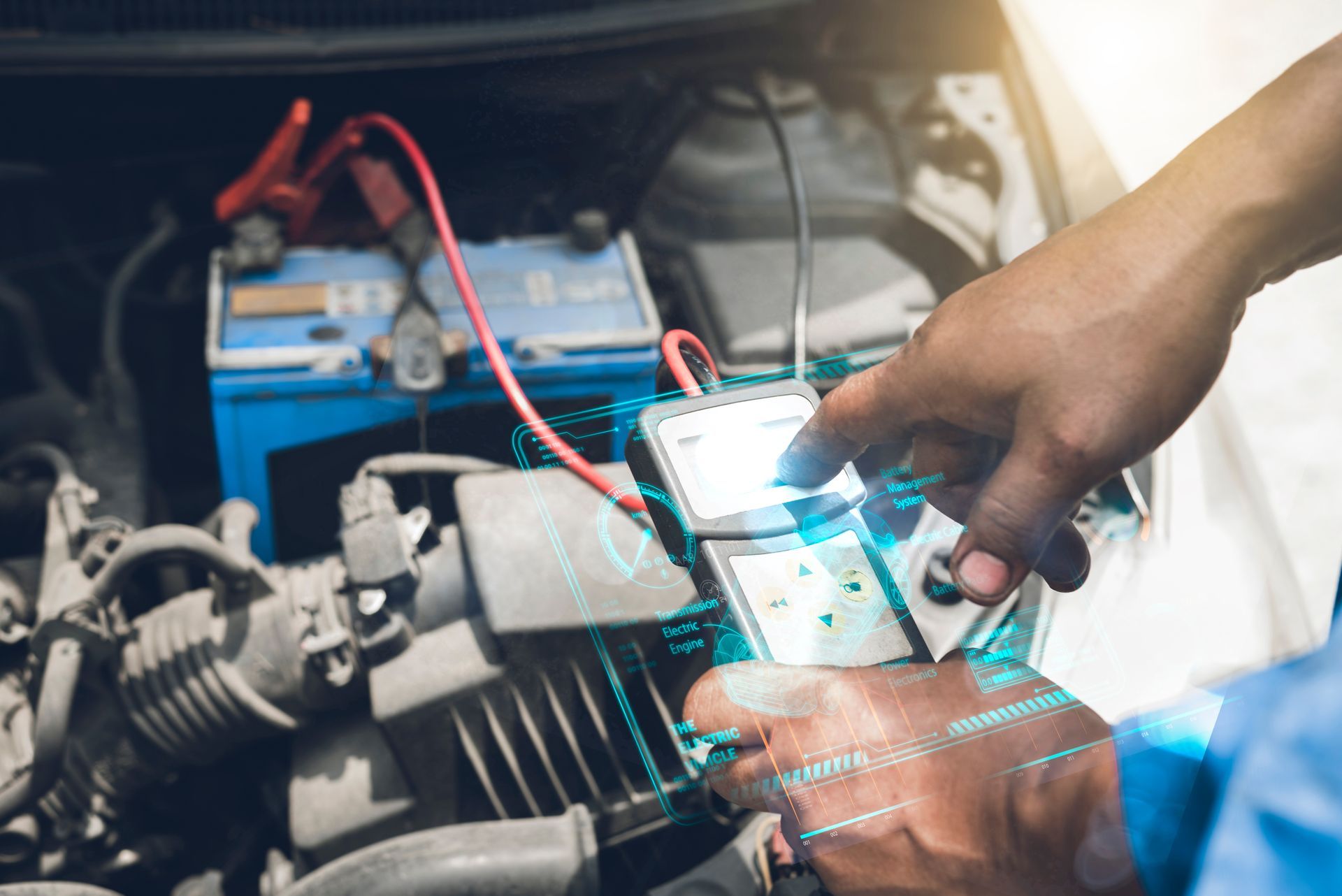5 Facts About Vehicle Engine Diagnostics You Probably Didn't Know
Have you ever wondered what's going on with your car when the check engine light turns on? Your vehicle's diagnostic sensors and system play a crucial role in deciphering the mysteries of its performance.
While this is a fact and topic in its own right, we want to share five facts about diagnostics you didn't know.
1. The Check Engine Light Isn't Always a Cause for Panic
When that ominous check engine light illuminates on your dashboard, it's easy to jump to conclusions and fear the worst. However, contrary to popular belief, the check engine light doesn't always indicate a catastrophic failure. In many cases, it simply alerts you to potential issues with your vehicle's engine or emissions system. While it's essential not to ignore the warning, it's equally vital not to panic and assume the worst-case scenario.
2. Diagnostic Trouble Codes (DTCs)
Behind every illuminated check engine light lies a diagnostic trouble code (DTC) that provides valuable insights into the underlying problem. These codes serve as a roadmap for technicians, guiding them toward the specific component or system requiring attention. By utilizing specialized diagnostic equipment, mechanics can retrieve DTCs, interpret their meanings, and formulate an appropriate course of action to address the issue effectively.
3. Ongoing Monitoring Enhances Performance and Efficiency
Modern vehicles are equipped with sophisticated onboard diagnostic systems that continuously monitor various parameters related to engine performance, emissions, and overall vehicle operation. This ongoing surveillance allows the vehicle's computer to detect abnormalities or deviations from expected norms promptly. By identifying potential issues early on, engine diagnostics help optimize performance, improve fuel efficiency, and minimize emissions.
4. DIY Diagnostics - Pros and Cons
With the advent of OBD-II (On-Board Diagnostics) systems, many drivers now have access to handheld diagnostic scanners that plug into their vehicle's onboard diagnostic port. These tools empower consumers to retrieve diagnostic trouble codes and perform basic troubleshooting, providing valuable insights into minor issues.
Pros:
• Empowers consumers to take control of their vehicle's maintenance and diagnostics.
• Allows for quick and convenient retrieval of diagnostic trouble codes, enabling prompt action.
• Provides transparency and visibility into the health of the vehicle, fostering better understanding and awareness among drivers.
Cons:
• DIY diagnostics have limitations and may not be suitable for complex issues or repairs.
• Lack of expertise and training can lead to misinterpretation of diagnostic trouble codes or improper troubleshooting.
• Inadequate diagnosis or repair attempts could potentially worsen the problem or cause further damage to the vehicle.
5. The Evolution of Engine Diagnostics
Engine diagnostics have come a long way since the early days of automotive technology. From rudimentary diagnostic tools to sophisticated onboard computer systems, the evolution of engine diagnostics has revolutionized the way we diagnose and address vehicle issues. Today, diagnostic capabilities extend beyond engine performance to encompass virtually every aspect of a vehicle's operation, including safety systems, infotainment features, and advanced driver-assistance systems (ADAS).
Do you want to take care of your vehicle? Consider calling Suwanee Service Station, and we will schedule you for a visit!

